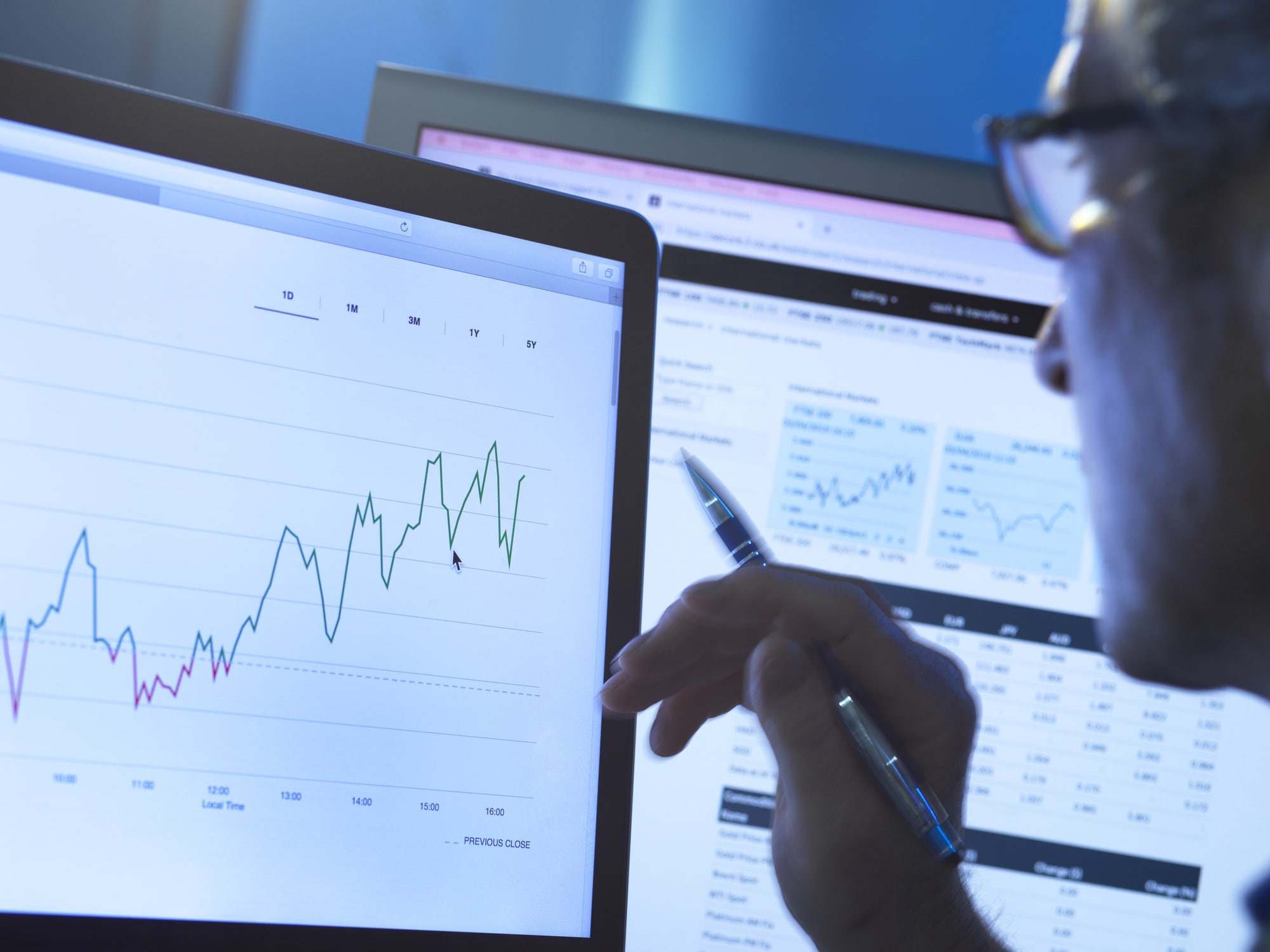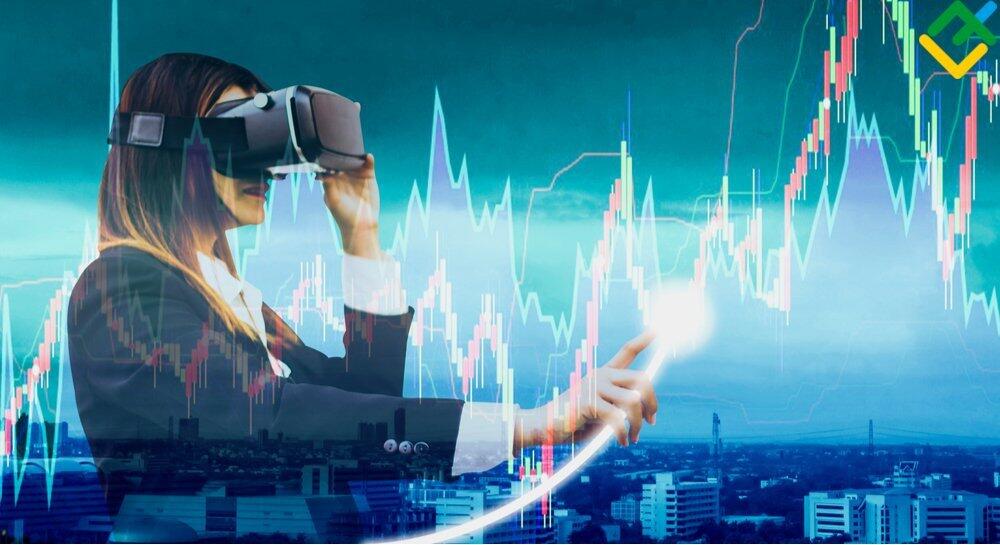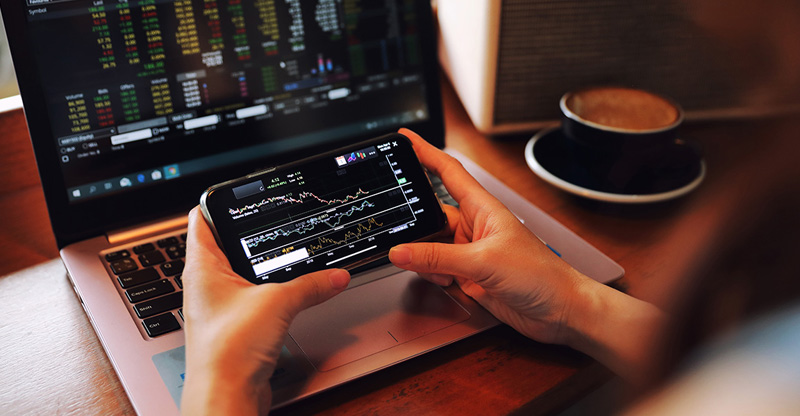The journey into the world of trading can be both exhilarating and daunting, especially for those taking their first steps as new traders. Simulated trading, often referred to as paper trading, offers a unique window into this complex landscape—empowering novices to practice their strategies without the immediate financial risks of real-world trading.
However, beneath the surface of this seemingly risk-free environment lies a multitude of psychological challenges. New traders may find themselves navigating a whirlwind of emotions, from the thrill of virtual gains to the sting of simulated losses.
Understanding these psychological dynamics is crucial; it equips traders with the awareness needed to form disciplined habits and make informed decisions. As we explore the intricate connections between psychology and simulated trading, we will uncover what new traders should expect and how they can harness their experiences for future success.
The Psychological Factors at Play

The world of simulated trading, including tools like bar replay free features, is as much a psychological arena as it is a financial one. New traders are often blindsided by the emotional turbulence that accompanies the thrill of simulated market maneuvers.
It’s one thing to execute trades based on data and strategy but quite another to manage the rising tide of emotions like excitement, fear, and even overconfidence. Imagine, for instance, the rush of making a profitable trade—a brief ecstasy can lead to reckless decision-making in pursuit of the next win.
Conversely, the sting of a loss in simulations can evoke real anxiety, creating a haunting reaction that may distort one’s perception of risk and return. This psychological rollercoaster shapes not only how traders engage with simulated platforms but also influences their long-term behaviors in real trading situations.
Thus, understanding and navigating these psychological factors becomes paramount for anyone stepping into the trading arena, offering a critical insight into the intricate relationship between the mind and the market.
Building Confidence Through Simulation

Building confidence through simulation is a transformative aspect of the trading journey for newcomers. Imagine stepping into a vast arena, where the stakes are high, yet the safety net of a simulated environment allows you to experiment without fear.
Here, each trade is a lesson, every mistake an opportunity for growth. Through realistic market scenarios, fledgling traders can hone their instincts, mastering not just the mechanics of buying and selling, but also the psychological resilience required to withstand market fluctuations.
As one navigates the complexities of simulated trading, the ebb and flow of profits and losses begins to forge a deeper understanding of strategy, decision-making, and gut feeling. It’s a safe laboratory where confidence can blossom, transforming potential anxiety into a steady assurance that will eventually carry over into real-world trading.
Only then can the novice trader step forth, not merely as a participant in the financial markets, but as a confident strategist ready to take on the challenges that lie ahead.
Developing a Trading Mindset
Developing a trading mindset is not merely about acquiring technical skills; it’s about embracing a psychological transformation that shapes how you approach each trade. Imagine stepping into a complex chess match where every decision can lead to triumph or disaster.
New traders must cultivate resilience, learning to navigate the emotional ebbs and flows that accompany the trading experience. Picture the adrenaline rush of a sudden market shift or the sinking feeling of an unexpected loss—these moments can easily be judgment.
However, by fostering a disciplined routine and establishing clear goals, traders can bridge the gap between ambition and emotion. It is crucial to treat simulated trading not just as a practice ground, but as a foundational step toward nurturing patience, self-awareness, and analytical thinking.
In this challenging arena, every simulated trade becomes an opportunity for growth, teaching lessons that extend far beyond the algorithms and charts into the realm of personal development and strategic acumen.
Conclusion

In conclusion, understanding the psychology behind simulated trading is essential for new traders as they embark on their journey into the financial markets. It is crucial to recognize that emotions such as fear, greed, and overconfidence can significantly impact decision-making, even in a risk-free environment.
Engaging with tools like bar replay free software can greatly enhance the learning experience, allowing traders to practice strategic decision-making without the pressure of real capital at stake. By approaching simulated trading with an awareness of these psychological factors, new traders can build resilience, refine their skills, and develop a disciplined mindset that will serve them well in live trading scenarios.
Ultimately, embracing the psychological aspects of trading will empower novice traders to navigate the complexities of the markets more effectively and confidently.


